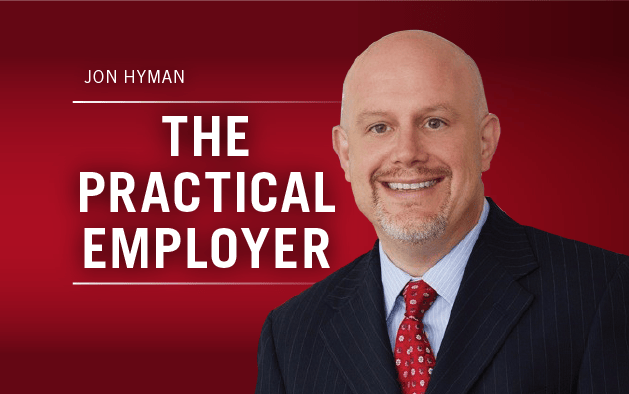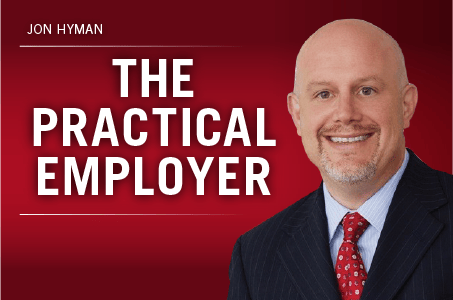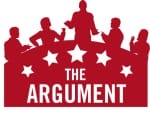Jamie Ortiz (of Puerto Rican descent) worked for the Broward County, Florida, School Board in various capacities for nearly 20 years, including, from 2009 through 2017, as an auto mechanic in the district’s garage under the supervision of Michael Kriegel.
According to the testimony of both Ortiz and many of his co-workers, Kriegel had some issues with Puerto Ricans and other Hispanics, which he expressed to anyone who would listen, including Ortiz, on a daily basis.
- Kriegel made offensive comments and jokes about Puerto Ricans, such as, “I’m around too many Puerto Ricans, I better carry my gun with me”; “we need to lock our toolboxes because we’re hiring too many Puerto Ricans”; “this New York Puerto Rican is on me”; “Puerto Ricans like to do their own thing, they don’t follow orders”; and “it ain’t right you Puerto Ricans are making more money than me.” Kriegel never used Ortiz’s name and instead called him “Puerto Rican.” Kriegel also used the ethnic slur “spic” “several times.”
- Ortiz also testified that Kriegel harassed him “every day on any type of work order.” Kriegel would wait for him to finish his bus route and say things like, “your Puerto Rican ass think you can do whatever you want to do.” Another time, Kriegel criticized Ortiz for using a certain bus and stated that he was “going to write your Puerto Rican ass up.” Over Ortiz’s objections, these and other comments did not stop.
- According to Ortiz’s coworkers, Kriegel used the terms “spic,” “lazy spic,” “knock-kneed spic,” “dumb spic,” and “wetback,” either specifically about Ortiz or about Hispanic people more generally. Kriegel also made other discriminatory comments, including “here comes the Puerto Rican gang, I need to call the cops”; “the damn Puerto Rican again, I’ve got to go see what this freakin’ Puerto Rican is doing, they’re all the same”; “I would rather have, you know, three more of these guys than a smelly Puerto Rican in here”; “spics come over here and they want to eat up all the benefits”; and “had a lot of niggers and spics apply, and we won’t need no more of them here.”
Amazingly, the district court granted the employer’s motion for summary judgment and dismissed Ortiz’s racial harassment claim. The 11th Circuit Court of Appeals, however, was not having it.
Here, a reasonable jury could conclude that Ortiz’s workplace was objectively hostile to a reasonable person in his position. First, for nearly a two-year period preceding Ortiz’s EEOC charge, the frequency of the harassment was daily or near daily. Ortiz reported that, from the beginning of 2013 through September of 2014, Kriegel made offensive comments and jokes every day about Puerto Ricans. Likewise, one of Ortiz’s coworkers stated that he heard discriminatory comments by Kriegel about people of Hispanic origin on a daily basis during the same time period. Other coworkers reporting hearing discriminatory comments on a less frequent but still regular basis. This evidence is not consistent with the type of “isolated” or “sporadic” conduct that is insufficient to meet Title VII’s threshold. Rather, it reflects a work environment “permeated with discriminatory intimidation, ridicule, and insult.”
[T]here is no “‘magic number’ of racial or ethnic insults” that a plaintiff must prove. …
I am flabbergasted that a federal district court judge could conclude that these facts did not, as a matter of law, constitute a racially hostile work environment.
Indeed, I’d argue that even one “spic” or “wetback” is enough to create a hostile work environment. A daily barrage of these slurs is the definition of racially hostile work environment. Bravo to the appellate court for correcting a very poor decision.









 But even women who get to join the workforce are not free of facing stereotypes and harassment. Women are rarely offered C-suite roles and similarly lofty positions.
But even women who get to join the workforce are not free of facing stereotypes and harassment. Women are rarely offered C-suite roles and similarly lofty positions.